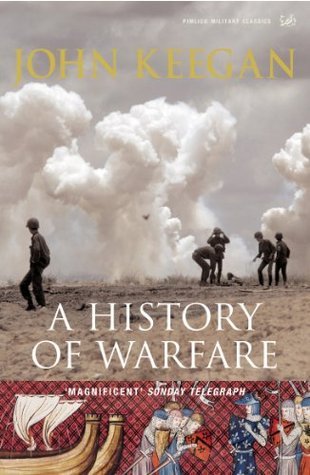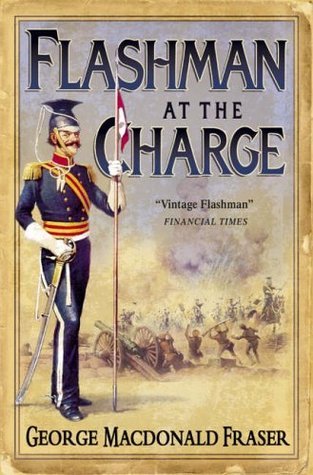
While wrapped up in a dressing of modern-day notions of AI (transplanted a couple of hundred years into the future) this debut novel is in fact something of a throw back to such Golden Age SF stories as James Blish’s A Case of Conscience, Walter Miller’s Canticle of Leibowitz and Anthony Boucher’s The Quest for Saint Aquin, being a novel of ideas about faith, reason, science and consciousness. While the ideas are fascinating, the writing does not really reach the levels of its prototypes (although as these are among the greatest SF stories ever written, that’s not so surprising). It’s been a while since I read the book and, to be honest, not that much has stuck in memory but I do remember being disappointed that the single most interesting character in the novel, the android Thierry, spends almost all the novel off page. However, the world building, proposing a future world centred more upon Africa and Asia, was an enjoyable corrective to the usual American/European bias.
While not wholly successful as a novel, what is impressive is Gillsmith’s willingness to take up these grand themes. I think he might well become a notable writer of ideas – something the distinctly lacklustre field of SF needs at the moment.








